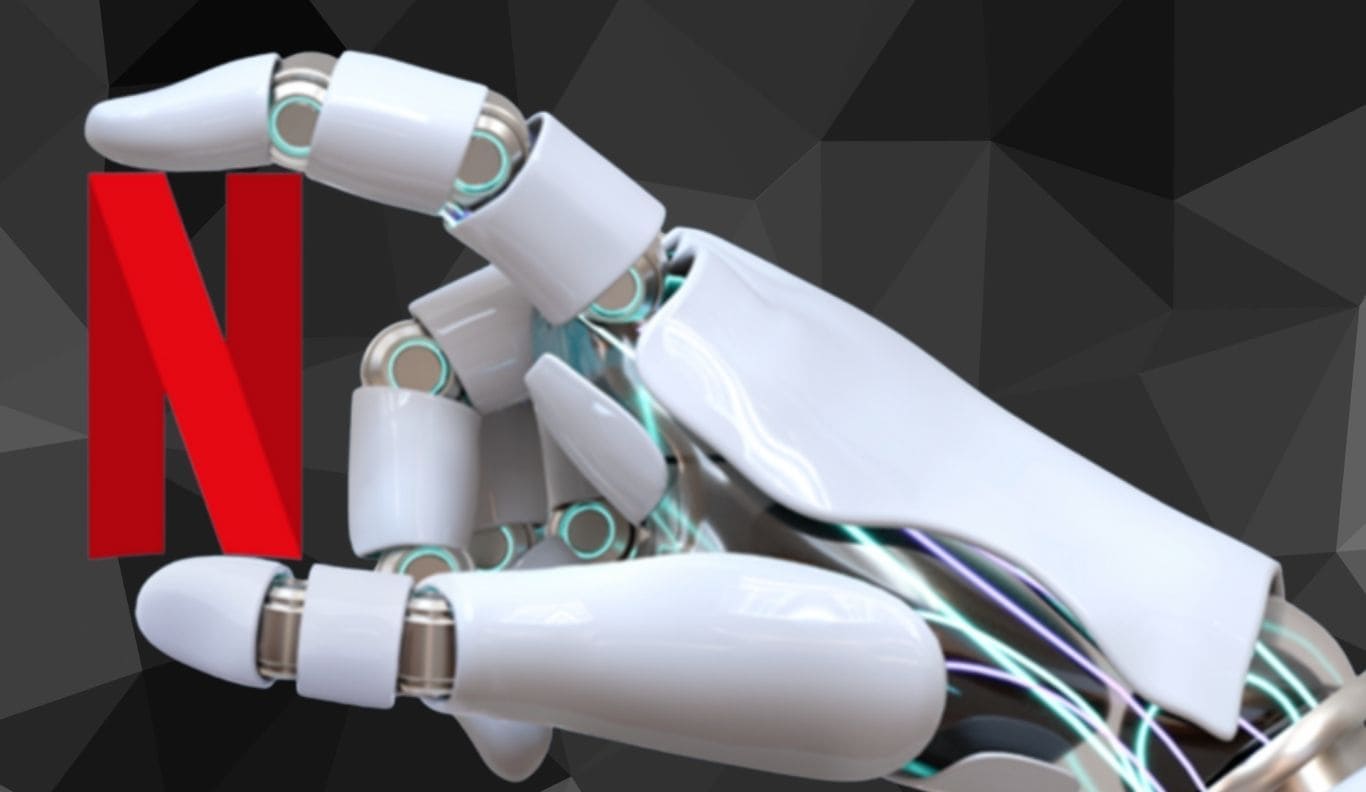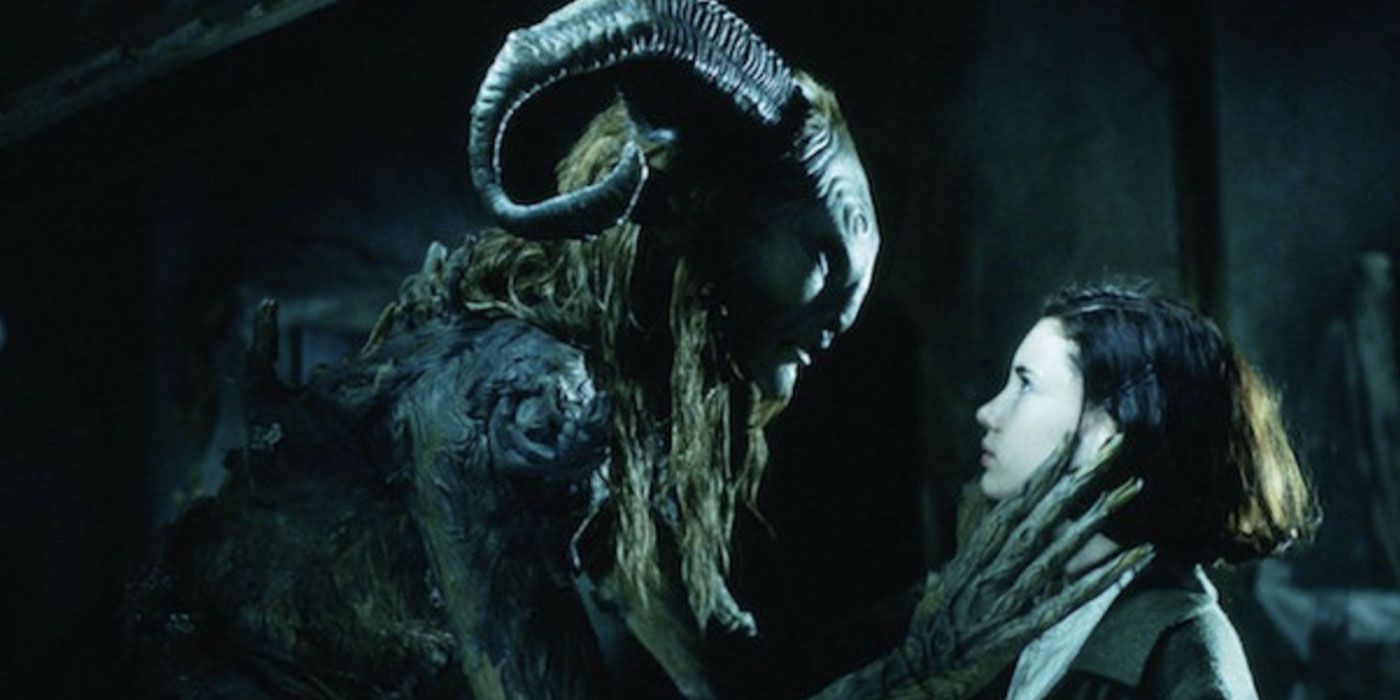Netflix has quietly taken a step into the world of artificial intelligence by using AI-generated visual effects for the first time in one of its productions—a move that reflects a growing trend across the entertainment industry to adopt emerging technologies as a way to streamline costs and accelerate post-production.
While the company hasn’t officially announced the new project, experts in the field and observant spectators have noticed slight variations in specific scenes, hinting at the use of AI-enhanced visuals. These improvements, though not significantly changing the narrative, point to a change in how streaming services such as Netflix manage their production processes.
Over the past decade, Netflix has built a reputation for high-quality original content, often marked by ambitious visuals and extensive use of digital effects. However, the costs associated with large-scale VFX work can be substantial. By incorporating AI tools into the creative process, the company aims to strike a balance between maintaining cinematic quality and reducing reliance on expensive manual editing or animation.
The application of AI in this context involves machine learning algorithms that can automate tasks traditionally handled by large teams of artists. For example, background enhancements, lighting adjustments, and minor visual cleanups can now be achieved in a fraction of the time it would take using conventional methods. This not only shortens production timelines but also allows creators to allocate resources more efficiently.
For Netflix, which continually manages a vast slate of international content, these efficiencies could have a considerable impact. With more than 260 million subscribers globally, the platform must constantly deliver fresh, diverse programming to stay ahead in a fiercely competitive streaming market. As production budgets tighten and competition intensifies, any innovation that supports scalability without compromising on quality becomes valuable.
Industry experts indicate that this initiative represents more than a single test. The application of AI-generated visual enhancements may become a common approach in upcoming projects, especially in medium-budget series or movies where visual improvements are essential but assembling full effects teams may not be cost-effective. This trend might lead other studios and networks to consider analogous approaches.
Simultaneously, the increasing use of AI in the creative sectors has initiated discussions. Though AI provides rapidity and effectiveness, apprehensions exist regarding its effect on jobs in VFX and post-production fields. Professionals and specialists, who have traditionally played key roles in storytelling, are concerned about being supplanted or having their responsibilities diminished. Certain unions are even advocating for more explicit rules and safeguards as AI technologies advance and gain broader acceptance.
Netflix, for its part, appears to be proceeding with caution. Rather than replacing entire teams, the AI implementation seems focused on supporting creative work, not eliminating it. Sources close to recent productions indicate that the technology is being used to handle repetitive or time-consuming tasks, freeing up human artists to focus on more complex and creative aspects of the process.
Beyond cost savings, there’s also the question of creative flexibility. AI tools can offer new possibilities for directors and editors who want to experiment with visual styles or correct minor issues after principal photography is complete. For example, AI can help match color grading across different scenes, replicate lighting environments, or remove unwanted objects without reshoots—all capabilities that enhance creative control while staying within budget.
This approach aligns with a broader industry trend where AI is becoming part of the filmmaking toolkit rather than a disruptive force. Major studios, including Disney and Warner Bros., are already exploring similar applications, from script analysis to automated dubbing. In this sense, Netflix is neither ahead of the curve nor behind it, but rather moving with the flow of technological adaptation.
Still, transparency remains key. Audiences are increasingly curious about how content is made, and there is a growing appetite for behind-the-scenes information. As AI becomes a bigger part of the production process, companies may need to disclose how and where it’s used—not only to satisfy viewer interest but also to uphold industry standards and foster trust.
Looking to the future, Netflix is expected to persist in exploring AI-powered solutions, especially as the technology evolves. The aim is not immediately to transform filmmaking completely, but to slowly incorporate tools that enhance storytelling effectively and on a larger scale. Whether this results in a widespread shift in content production is still uncertain.
At present, the quiet addition of AI-created effects signifies a fresh stage in Netflix’s development—where creativity and practicality come together. As streaming services encounter growing demands to provide improved content with fewer resources, artificial intelligence could become a crucial partner in the continuous quest for quality entertainment.



